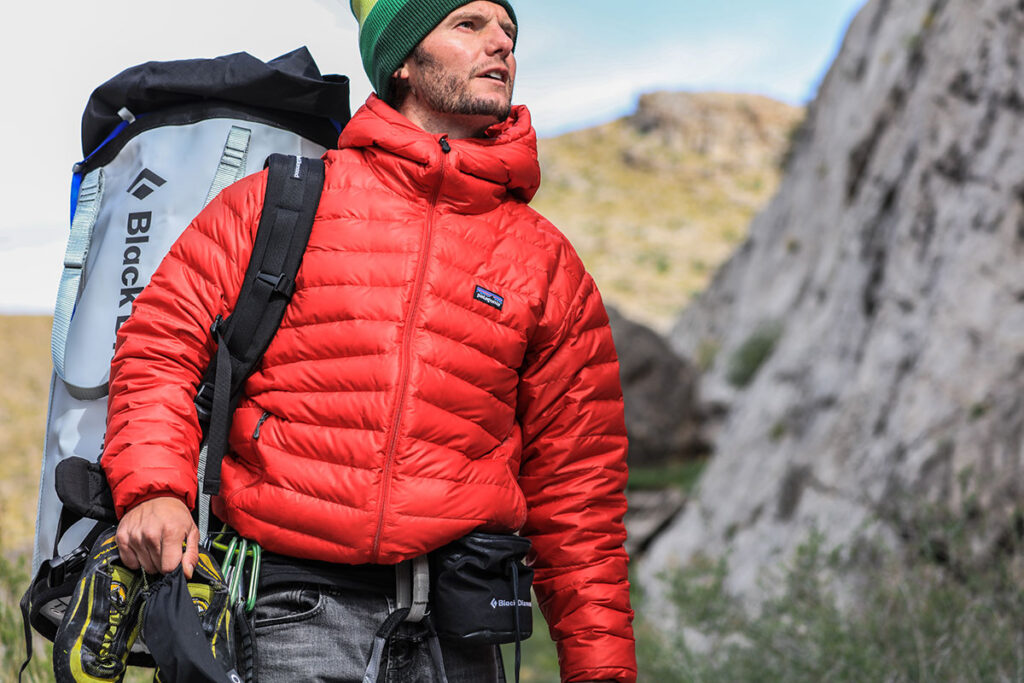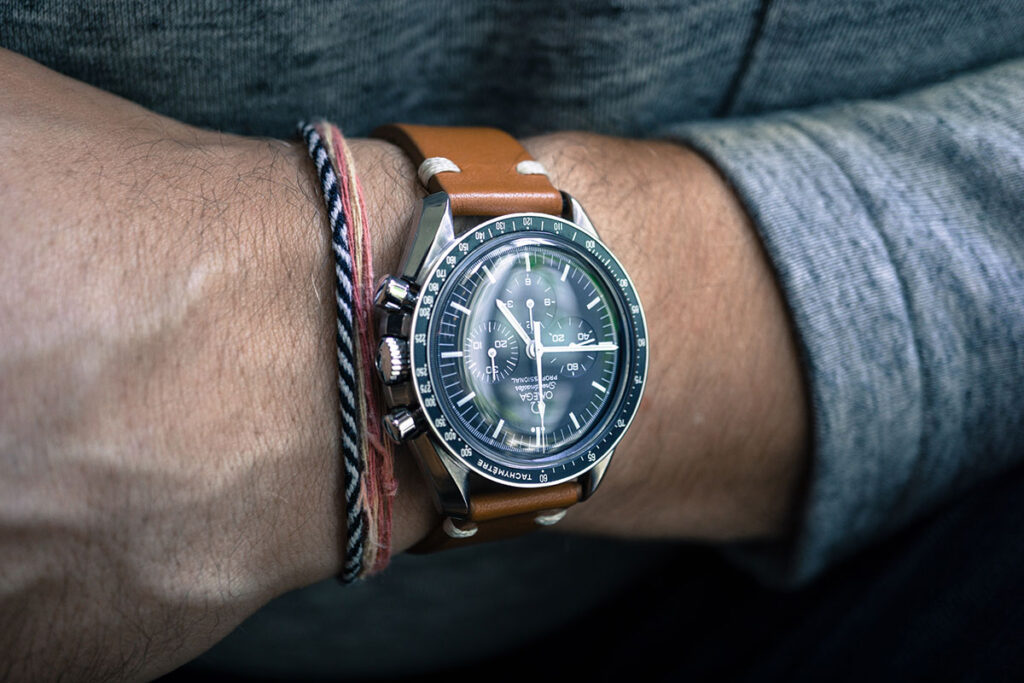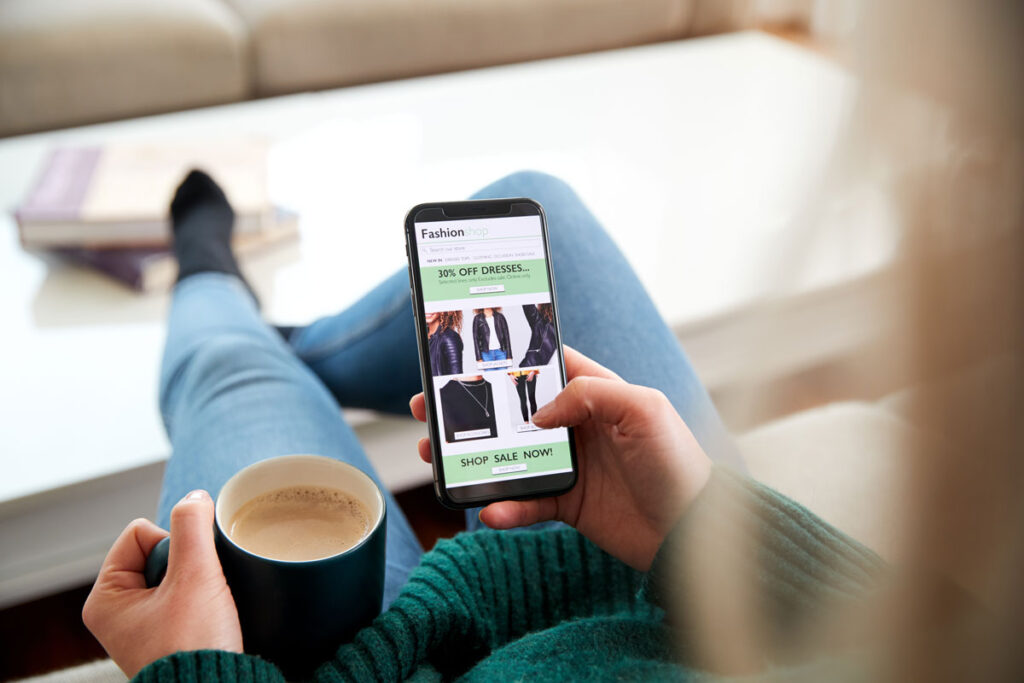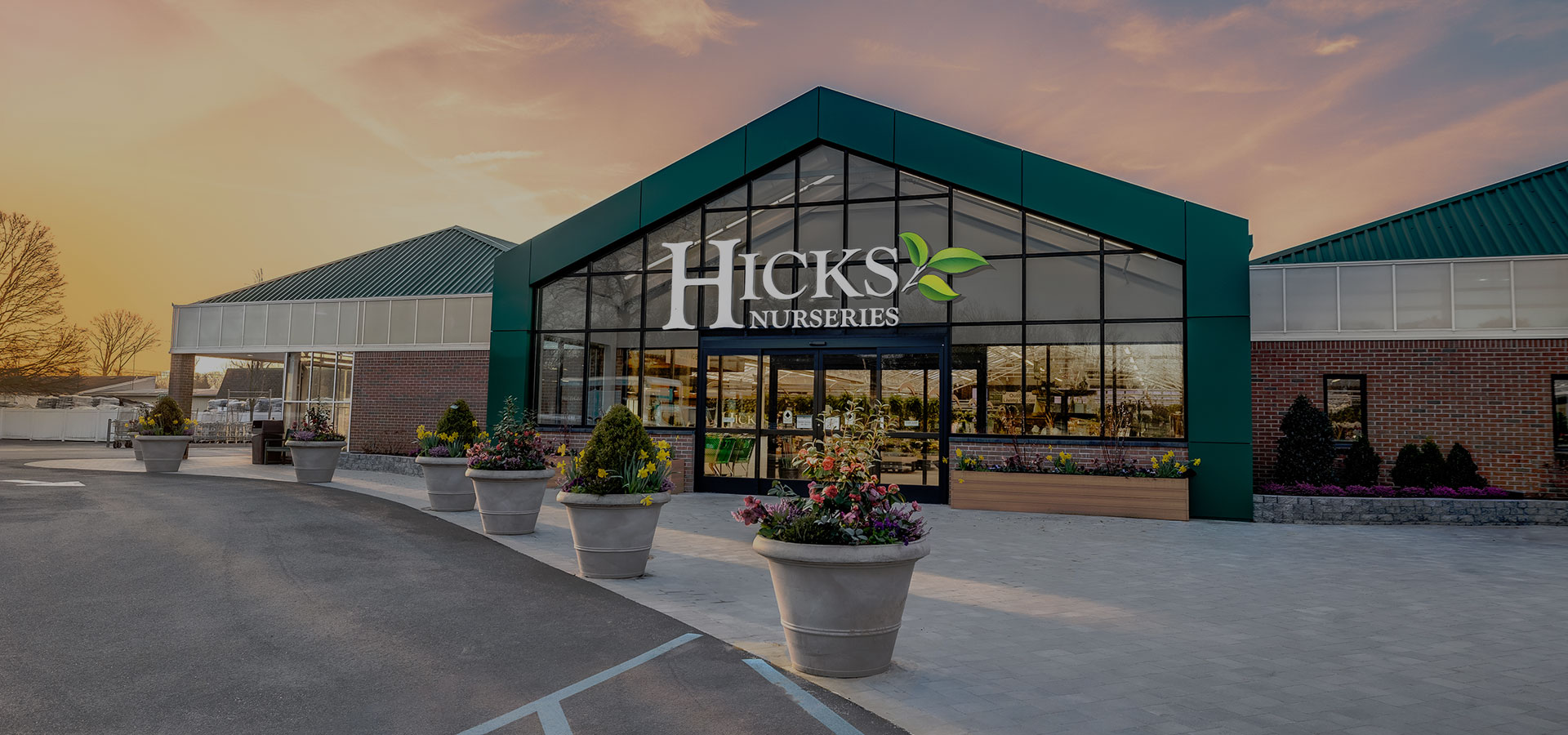The affordability movement is completely changing retail, and it’s happening globally.
When we say “affordability”, we don’t mean cheap. Premium materials and designs are born from “affordable” processes and sources today, breathing life into brands and into our pockets. Luxury is a tell-tale sign of changing consumer choices. Revenue plummeted by 32% in 2020 and saw a slight bounce back in 2021, but it’s still underperforming 2019 levels by 11%, and we haven’t even factored in inflation.
Shoppers have completely changed their priorities. Having lived through a pandemic and a variety of economic conditions, today’s shoppers are looking for something fulfilling. It’s not to say that materialism isn’t in style; rather, it’s the hunt for a good deal that’s driving shoppers to a new type of retail therapy. Getting a good deal is a universally sought-after, positive experience that shoppers come back to time and again.
Maybe that’s why brands with their own iteration of consignment, or resold goods, have seen their sales skyrocket by over 275%. That’s the kind of ROI that could change the life of a brand and clearly is a key consideration for retail strategists.

Owning the Resale Experience
Brands like Patagonia are investing in their own resale platforms to offer options for sustainability and to capture their share of the resale value of their brand’s clothing and own the resale customer experience. They also maintain brand alignment by keeping it in-house. The now six-year-old Patagonia resale platform, Worn Wear, is attracting younger consumers. In fact, Patagonia’s line of fleece, especially vintage and rare styles, has become one of the most sought after by Gen Z.
Meanwhile, online resellers like Poshmark, ThredUp, The Real Real and Mercari are duking it out for their share of the resale pie. With fashion online resale platforms to reach nearly $31 billion by 2025, consumer perception of buying and wearing secondhand clothes has evolved to be cool and edgy.

Buying Back and Paying Forward
Affordability does not have to mean fast fashion. Major brands like H&M, Patagonia, Levi’s, and many more have built buy-back programs to not only push for sustainability but also incentivize affordable purchasing habits. H&M sub-brand Arket has been exchanging cash for used clothes since 2013, accepting clothing of any kind from any brand. In addition to the cash offer, guests also receive 10% off new products that might interest them, further perpetuating a cycle of upcycling and purchasing.
While buy-back programs aren’t inherently new, it’s the newly found volume and bandwidth that are causing a stir. More brands are seeing buy-back programs as a way to reach new audiences while touting sustainability efforts.
A whopping 76% of global consumers state that their primary reason for shopping second-hand is to save money, and buy-back programs are a competitive, healthy way for brands to compete (and contribute) to the second-hand market. Plus, guests get some new duds at great prices, so everyone wins.
Luxury Style, Lovely Prices
Luxury consignment is hot right now, thanks to the popularity of niche online resale platforms. But consignment isn’t the only sector promoting affordability, as even some luxury brands are increasingly finding creative ways to share their brand promise with those on a budget. Luxury watchmaker OMEGA recently did the unthinkable by releasing a flagship product, the Bioceramic Moonswatch, at 5% of its original price.
That’s not a typo; they really released their flagship model at 1/20th of the price it once was in partnership with a brand in the same family, Swatch. This new iteration of the OMEGA Speedmaster pays homage to the various key space missions, as the original Speedmaster was the first watch worn on the Moon. Each watch is sourced and built with bioceramic materials. Every watch sold out within seconds of online release, and stores across the world sold out on Day One. While the supply didn’t meet the initial demand, we must tip our hat to OMEGA for making a bold decision in an era when luxury brands can quickly find judgment for selling a product at a “discount.”
Accessible Luxury
Learn how luxury brands are working to make themselves more accessible to younger generations.

Scratching the Surface
Affordability is already a hot topic, but what if we told you that globally, we haven’t even scratched the surface of affordable fashion? The future is an exciting, albeit unknown story for retail and fashion specifically. It’s estimated that over $2.1 trillion of resalable goods are sitting untapped in closets across the world. We expect that brands will find a way to tap into that market.
ThredUp projects the resale market to be twice the size of fast fashion by 2029, which, if true, only solidifies this transitional period of affordability as a major pivot economically and also sustainably. These habits aren’t generationally specific either, as everyone from Boomers through Gen Alpha purchased second-hand goods in 2021, and the trend is growing more and more among every demographic.
Retail is currently undergoing a transformation. What once mattered suddenly doesn’t seem to matter as much, and maybe that’s not such a bad thing. Budget-minded consumers have more resources than ever before, and it’s driving passion into people’s wardrobes and adding a little extra something to their wallets. We’re excited to watch where the world of affordable retail takes us, and we can’t wait to see how brands can factor it into their own missions.





